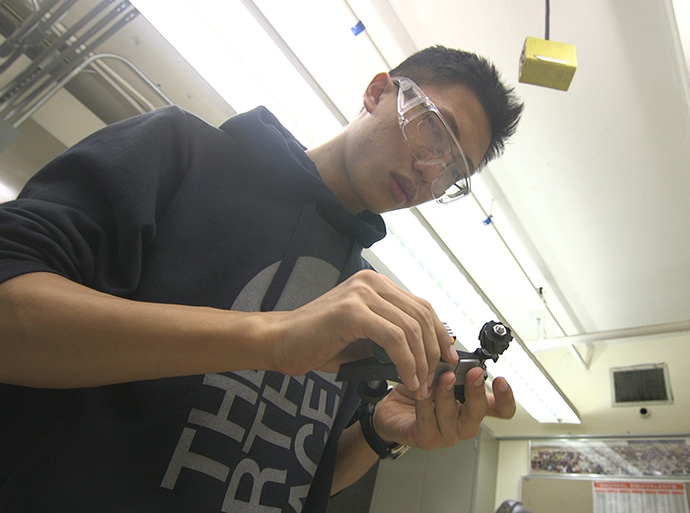New Study Reveals Ozone’s Hidden Toll on America’s Trees
A new nationwide study reveals that ozone pollution—an invisible threat in the air—may be quietly reducing the survival chances of many tree species across the United States. The research, published in the Journal of Geophysical Research: Atmospheres is the first…


 Many cars are defined by their horsepower but that is only one aspect of the engineering and design process. Freshmen mechanical engineering students in Professor Michelle Blum’s ECS 101 class designed mini-cars that were more precise than powerful.
Many cars are defined by their horsepower but that is only one aspect of the engineering and design process. Freshmen mechanical engineering students in Professor Michelle Blum’s ECS 101 class designed mini-cars that were more precise than powerful.